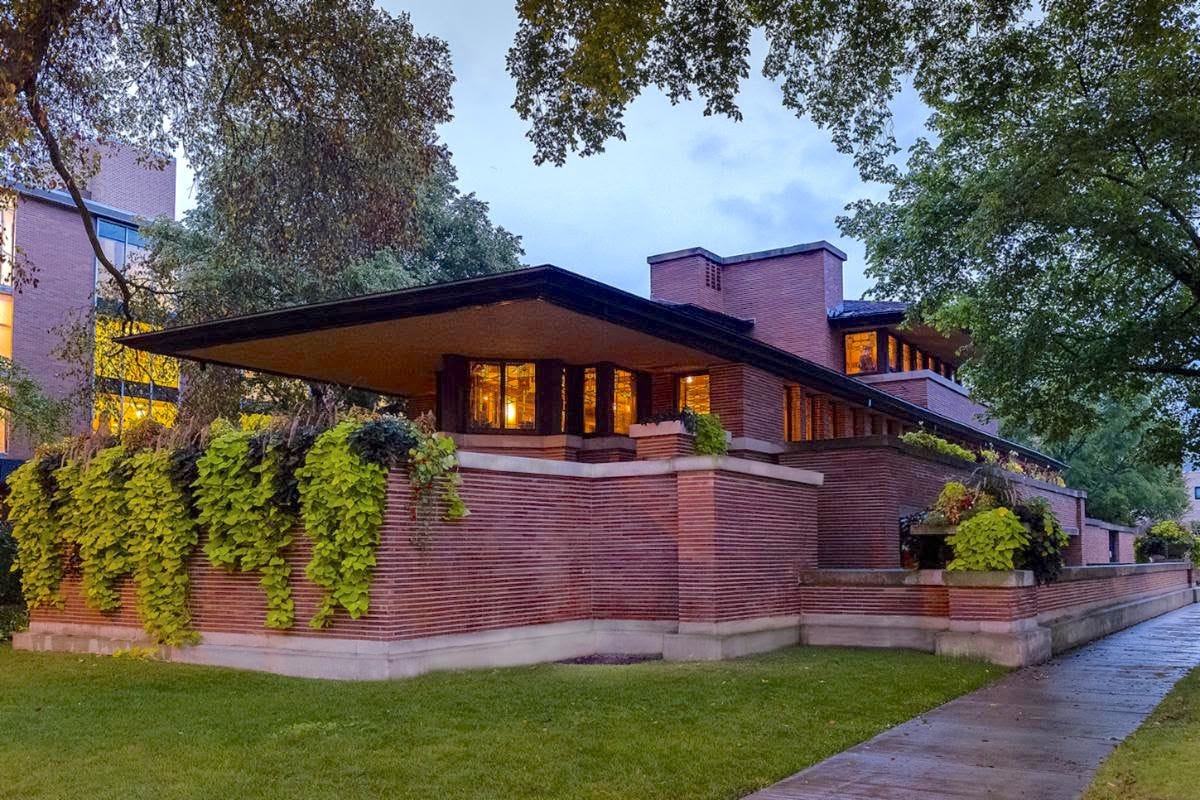Good fences make good neighbors
I think 2023 may have been the busiest year of my career so far—and although in some ways an unusually difficult year, it’s also been, in other ways, tremendously rewarding. I’m grateful for the many people and organizations who have helped make it so special, and I can’t wait to see what 2024 will bring.
Civility and economic freedom
I spoke at ASU this week about the relationship between economic liberty and civility—as part of the series of lectures on “Civics, Patriotism, and America’s Prospects.”
In particular, I talked about how economic liberty relates to a healthy democracy. Simply put, when private property rights and economic freedom are not respected—but the government instead redistributes property to serve the interests of the politically influential, or hands out economic monopolies or subsidies to its favored cronies—democracy inevitably suffers. And, I argue, the notion that we can improve civic discourse by simply making students take more classes on civics is a silly and superficial cliché. It’s far more reasonable to recognize that “good fences make good neighbors.”
I’m told that video of the event will be posted soon on YouTube, and will be broadcast in a few months on Arizona PBS. But if you can’t wait, you can listen to the audio of my remarks here.
Frank Lloyd Wright: rebel architect
My in-depth article on the life and work of Frank Lloyd Wright was published in The Objective Standard this month. It’s based on my presentation at the LevelUp conference this summer, but expanded to discuss his work in more detail.
Here’s an except:
It would be hard to name an artist whose influence has been as ubiquitous as Wright’s; countless people live every day surrounded by structures based at least partly on his ideas: carports, corner windows, aesthetic integration, the use of structure as ornament, expressive horizontality. Yet he achieved his status not by lowering his standards but through a devoted pursuit of his ideals—ideals that gave voice to the principles of individuality and aspiration at the center of the American consciousness. His work spoke for itself—and in the end, the nation heard. “Architecture is the triumph of Human Imagination over materials, methods, and men, to put man into possession of his own Earth,” Wright declared. “Architecture is man’s great sense of himself embodied in a world of his own making.” His work made good on Louis Sullivan’s promise of a new, American architecture—and transformed how people could express their uniqueness and pursue their uncommon lives.
Talking with Armstrong and Getty about administrative agencies, war, and other things
I talked with Armstrong and Getty yesterday about the Jarkesy case in the U.S. Supreme Court, which concerns the powers of administrative agencies—and, incidentally, about the war against western civilization. If you missed it, you can listen here.
Foundations of Freedom continued…
The Goldwater Institute’s series of videos on the foundations of freedom continues with pieces on “Why Government Doesn’t Know Best,” on the relationship between freedom and equality, and on the relationship between government regulation and environmental protection.
Against the New Politics of Identity
In my latest book review for The Objective Standard, I examine Ronald Lindsay’s new book about identity politics. It’s probably the best such book that’s come out so far—written with a degree of patience and calm that I doubt I could manage if I were writing such a book. Here’s an excerpt from my review:
The irrationality of some parties in today’s political and cultural disputes—especially those involving race—is now so overwhelming that anyone trying to make sense of their arguments might feel paralyzed. In fact, the very idea of “making sense” is considered racist in certain circles: In 2020, the Smithsonian Institution published a document asserting that “objective, rational linear thinking” is a manifestation of “white supremacy” (21). And physicist Chand Prescod-Weinstein has condemned “white empiricism” as a form of “epistemic oppression.”
Many of America’s major institutions, from colleges to corporations to government agencies, have likewise embraced the premise that the United States is “systemically racist” and that all good people should direct their energies to “disrupting” the alleged “oppression” of “white society”—which, of course, means the remaining elements of capitalism in today’s mixed economy. To question this orthodoxy—or even, in some cases, to agree with it—is grounds for termination, humiliation, and “cancellation.”
Amid such intellectual gloom, it’s refreshing to find a clear light of reason in Ronald Lindsay’s Against the New Politics of Identity.
Sargent in Boston
This weekend, Christina and I are heading to Boston to see the John Singer Sargent exhibit at the Museum of Fine Arts.
Sargent is my favorite artist (I wrote about him here, and I gave a talk about him here), and his painting Lady Agnew of Lochnaw is my favorite painting. But this exhibit is particularly special because they’ve found many of the same outfits that the people in the portraits were wearing, and are displaying the gowns alongside the paintings—including the extraordinary beetle-lined gown worn by Ellen Terry as Lady Macbeth. Can’t wait to see it.
Piano interpretations of Sargent
Speaking of Sargent, check out Fumée d’Ambre Gris and El Jaleo, solo piano works by composer Theodore Wiprud based on paintings by Sargent. I particularly like El Jaleo, performed by one of my favorite pianists, Yoonie Han.
Have a fantastic holiday, and I hope to see you in 2024.



